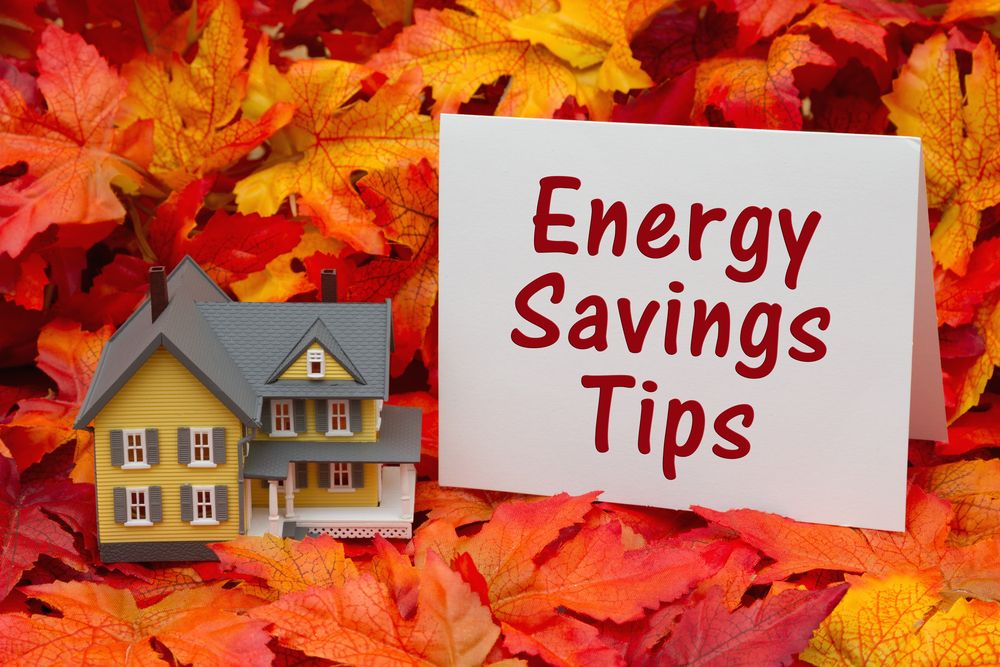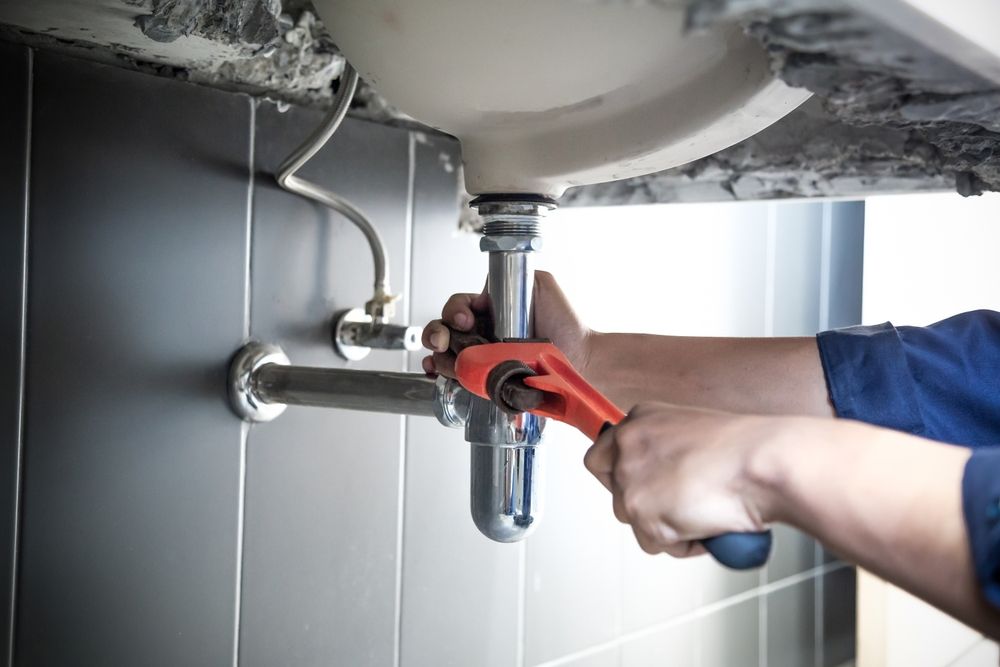High energy bills are one of the most common frustrations for homeowners, especially during extreme weather months. But beyond the monthly costs, energy efficiency affects your home’s comfort, environmental impact, and even its long-term value. The good news is that with the right strategies, you can reduce energy waste, lower utility bills, and create a more sustainable and comfortable living space — all without breaking the bank.
Whether you’re a first-time homeowner or looking to make your current home more efficient, this guide walks you through actionable ways to manage your home’s energy usage and keep more money in your pocket.
1. Start With a Home Energy Audit
A home energy audit is one of the most effective ways to understand how your home uses (and wastes) energy.
What Is It?
-
A professional audit includes an in-depth inspection of your home’s insulation, air leaks, HVAC systems, and appliance efficiency.
-
It identifies problem areas that may be costing you money every month.
DIY Energy Audit Tips:
-
Check for drafts around windows and doors.
-
Look for old or uninsulated outlets on exterior walls.
-
Inspect your attic insulation.
-
Review utility bills for unusually high usage months.
Many utility companies offer free or discounted audits, making this a great first step.
2. Seal Air Leaks and Insulate Properly
Unsealed air leaks are one of the biggest culprits behind wasted energy. They let warm air escape in winter and cool air leak out in summer — forcing your HVAC system to work harder.
Where to Check for Leaks:
-
Around windows and doors
-
Electrical outlets on exterior walls
-
Attic hatches
-
Chimneys
-
Baseboards
Simple Fixes:
-
Use weatherstripping or caulk to seal leaks.
-
Add insulation to your attic or basement.
-
Use door sweeps to block drafts.
Improving insulation can lower heating and cooling costs by up to 15–20% annually.
3. Upgrade to Energy-Efficient Windows
Windows account for a significant portion of heat loss in a home — especially if they’re single-pane or poorly sealed.
Energy-Efficient Window Features:
-
Double or triple glazing
-
Low-E (low emissivity) coatings
-
Gas-filled panes (usually argon or krypton)
-
Insulated frames
If a full window replacement isn’t in your budget, consider window film, thermal curtains, or storm windows as cost-effective alternatives.
4. Optimize Heating and Cooling Systems
Heating and cooling typically make up the largest portion of a home’s energy use — up to 50% of your utility bill. Making your HVAC system more efficient can significantly lower costs.
Tips to Improve HVAC Efficiency:
-
Replace or clean air filters every 1–3 months.
-
Install a programmable or smart thermostat.
-
Schedule annual maintenance for your system.
-
Seal ductwork to prevent heat loss.
If your HVAC system is over 10–15 years old, upgrading to a modern energy-efficient unit can pay for itself over time through lower bills.
5. Install a Programmable or Smart Thermostat
Smart thermostats allow you to set temperature schedules, monitor usage, and adjust settings remotely — reducing energy use when you’re not home.
Benefits:
-
Saves up to 10% annually on heating and cooling.
-
Learns your habits and adjusts automatically.
-
Many models integrate with smart home systems.
Popular models like the Nest or Ecobee can often be installed by homeowners and begin saving money right away.
6. Use Energy-Efficient Lighting
Lighting makes up a smaller percentage of your energy bill, but switching to energy-efficient bulbs is one of the easiest, most cost-effective changes you can make.
Switch From:
-
Incandescent bulbs (use more energy and burn out faster)
Switch To:
-
LED bulbs: Use 75% less energy and last up to 25 times longer.
ADVERTISEMENT -
CFL bulbs: Also efficient, though not as long-lasting as LEDs.
Also consider using motion-sensor lights, dimmers, and timers to reduce unnecessary energy usage.
7. Upgrade Appliances and Electronics
Older appliances consume significantly more energy than newer, ENERGY STAR®-rated models.
Appliances to Consider Upgrading:
-
Refrigerator
-
Washer and dryer
-
Dishwasher
-
Water heater
-
HVAC system
When shopping, look for the EnergyGuide label, which estimates the annual energy use and operating cost. Over time, modern appliances can save hundreds in utility bills.
8. Install Low-Flow Fixtures to Reduce Hot Water Use
Heating water accounts for around 15–20% of the average household’s energy use. Reducing your hot water usage not only cuts energy consumption but also lowers water bills.
Tips:
-
Install low-flow showerheads and faucet aerators.
-
Set your water heater to 120°F (49°C) — hot enough for hygiene, but not wastefully high.
-
Fix leaky faucets promptly to avoid constant hot water loss.
For homes with high hot water usage, tankless water heaters offer an energy-efficient alternative by heating water on demand.
9. Use Smart Power Strips and Unplug Devices
Even when turned off, many electronics continue to draw electricity — a phenomenon known as phantom load.
Solutions:
-
Use smart power strips that automatically cut power when devices aren’t in use.
-
Unplug chargers, game consoles, and other standby electronics when not needed.
-
Enable energy-saving settings on computers and TVs.
Small changes in daily habits can collectively reduce your electricity bill by 5–10% annually.
10. Add Solar Panels (If Feasible)
For homeowners seeking long-term energy savings, solar panels are becoming more accessible and affordable.
Pros:
-
Significant reduction (or elimination) of monthly electricity bills.
-
Federal and state tax incentives available.
-
Increases home value and energy independence.
Considerations:
-
High upfront cost (though financing options exist).
-
Best suited for homes with ample sunlight and stable roof structures.
If full solar isn’t an option, solar water heaters or outdoor solar lighting offer a lower-cost entry point.
11. Practice Smarter Everyday Habits
Changing your energy habits can be just as important as making upgrades.
Simple Tips:
-
Run dishwashers and washing machines with full loads only.
-
Wash clothes in cold water.
-
Hang-dry clothes when possible.
-
Turn off lights when leaving a room.
-
Keep blinds closed in summer and open in winter to regulate indoor temperatures.
Energy efficiency isn’t just about products — it’s also about conscious choices that build up over time.
12. Monitor Your Progress
Once you’ve implemented changes, track your progress to stay motivated and adjust as needed.
How to Monitor:
-
Compare monthly utility bills to past years.
-
Use a smart meter or energy usage monitor.
-
Some utility companies offer online dashboards showing peak usage times.
Seeing the results of your efforts — both environmental and financial — is a powerful incentive to keep going.





